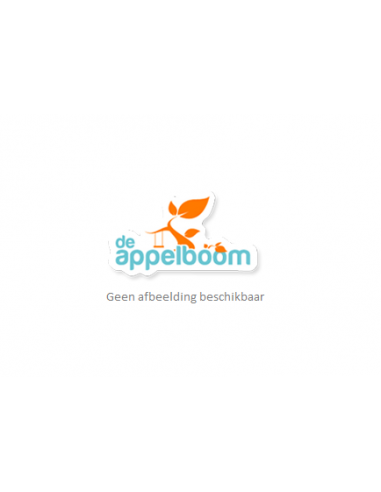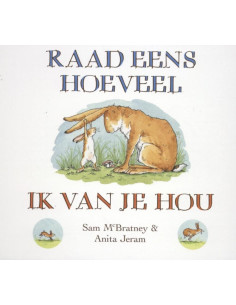Uw winkelwagen
Er zijn geen producten meer in uw winkelwagen
snelle levering verzendkosten binnen NL € 3,95 gratis bezorging vanaf €35,00 bestellen en afhalen is gratis
Carved stones and Christianisation
Busset, AnoukBarkcloth or tapa, a cloth made from the inner bark of trees, was widely used in place of woven cloth in the Pacific islands until the 19th century. A ubiquitous material, it was integral to the lives of islanders and used for clothing, furnishings and ritual artefacts. Material Approaches to Polynesian Barkcloth takes a new approach to the study of the history of this region through its barkcloth heritage, focusing on the plants themselves and surviving objects in historic collections. This object-focused approach has filled gaps in our understanding of the production and use of this material through an investigation of this unique fabric's physical properties, transformation during manufacture and the regional history of its development in the 18th and 19th centuries.The book is the outcome of a research project which focused on three important collections of barkcloth at The Hunterian, University of Glasgow; Royal Botanic Gardens, Kew and the National Museum of Natural History, Smithsonian Institution. It also looks more widely at the value of barkcloth artefacts in museum collections for enhancing both contemporary practice and a wider appreciation of this remarkable fabric. The contributors include academics, curators, conservators and makers of barkcloth from Oceania and beyond, in an interdisciplinary study which draws together insights from object-based and textual reseach, fieldwork and tapa making, and information on the plants used to make fibres and colourants.This book will be of interest to tapa makers, museum professionals including curators and conservators; academics and students in the fields of anthropology, museum studies and conservation; museum visitors and anyone interested in finding out more about barkcloth.Content:PrefaceAcknowledgmentsChapter 1: Early medieval carved stones: analytical and methodological concepts1.1 Introduction1.2 Methodological models1.3 Analytical approaches1.4 Comparative analyses1.5 Place, movement and memory1.6 MethodologyChapter 2: Ireland, Scotland and Sweden in the early medieval period2.1 The kingdoms of Cenél nEógain and Ulaid2.2 The southern kingdom of the Picts2.3 The Svea Kingdom2.4 Early medieval carved stones in north-western Europe: a literature review2.5 Carved stones and Christianisation: a comparative approachChapter 3: Carved stones and the making of places3.1 Royal centres, assembly places and settlements3.2 Ecclesiastical centres and early churches3.3 Discussion: carved stones, spaces and placesChapter 4: Carved stones creating movement4.1 Connecting places4.2 Royal paths, liturgical roads and pilgrimage4.3 Boundaries and liminal places4.4 Discussion: the multiple layers of movement in the landscapeChapter 5: Carved stones, identity and commemoration5.1 Makers of identities5.2 Memory and commemoration5.3 Discussion: 'Christian' identities and reinventing the landscapeChapter 6: Early medieval carved stones through verticality and horizontality6.1 Place, movement and memory6.2 Discussion: comparing carved stones6.3 ConclusionAnnexesCatalogue
No reviews







